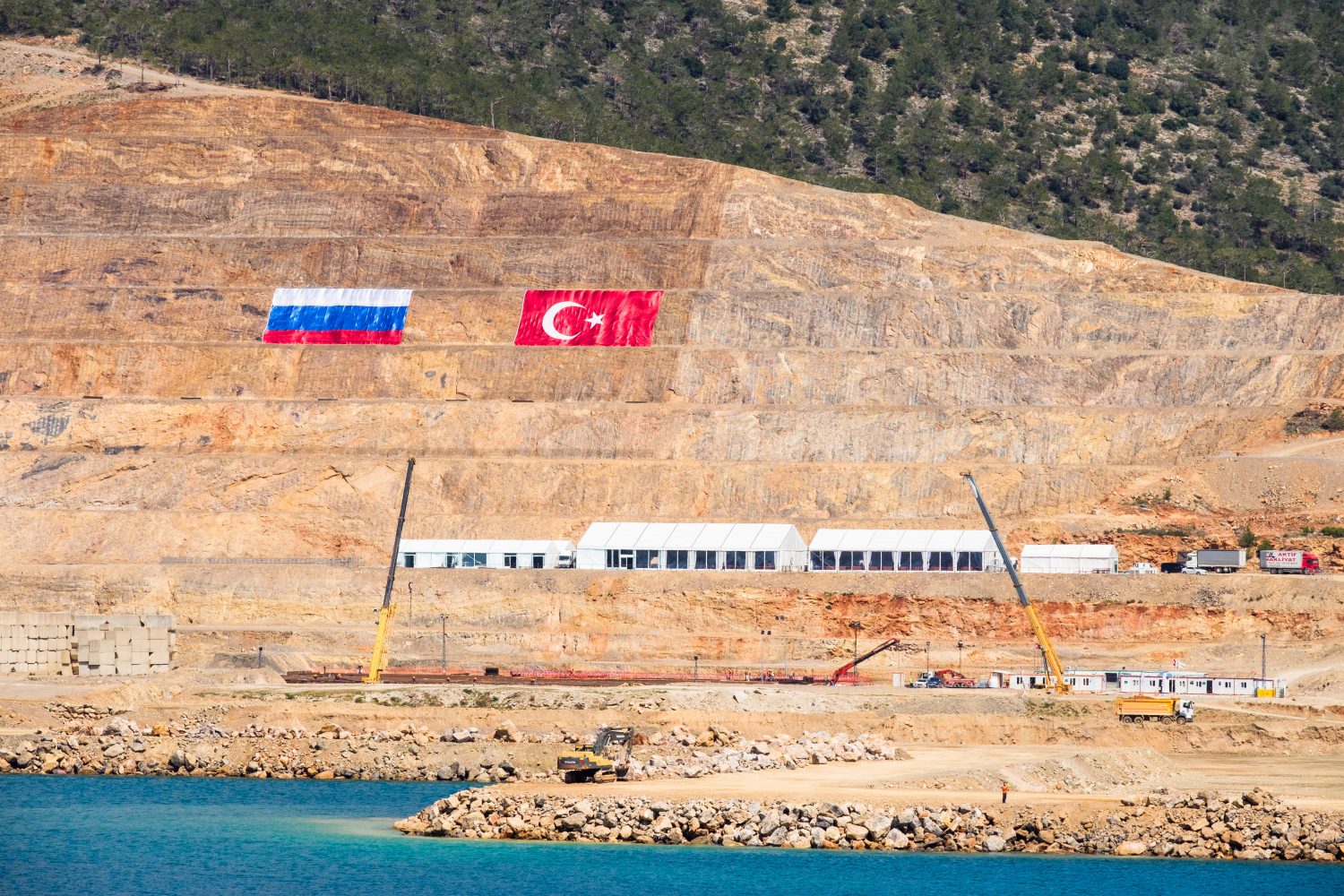
The new era of Turkey’s energy transformation
back to contentsMore and more countries are turning towards renewable energy. According to Alparslan Bayraktar, Deputy Minister of Energy and Natural Resources and President of World Energy Council Turkey, energy world is currently going through an inescapable transition to renewables. Two-thirds of total new installed capacity in the electricity sector have come from green energy. It set a record high of 178 GW of additional capacity last year.
Whether in previous years major energy discussions were driven by two main motivations: security of supply and climate change, current considerations go beyond these issues.
Bayraktar points to new phenomena: decarbonization, decentralization, digitalization, and diversity. New sustainable solutions are incorporated into the policies of many countries.
As a part of global transition, Turkey has been undergoing a major transformation since 2002, which Bayraktar calls Transition 1.0. During this conversion role of the government has shifted more towards regulation and policymaking. Then in 2017, the Ministry of Energy and Natural Resources announced its National Energy and Mining Policy, which is described by the deputy minister as Transition 2.0, because of its integrated approach from energy to industry and then to employment.
Turkish Energy Transition 1.0
Bayraktar said that Turkish energy markets had two main characteristics, which are also their major challenges. The first one is a growing demand. According to the IEA, Turkey’s energy industry will face the fastest medium to long-term growth among the IEA member countries. While the second challenge is a dependency on imports with the current ratio at almost 70 percent in primary energy resources.
To meet this growing demand while dealing with import dependency at the same time, Turkey decided to transform its energy markets and launched a large-scale market reforms.
According to Bayraktar, the main objectives of that transformation were to establish financially viable, stable, transparent, and competitive markets under independent regulation to ensure reliable and affordable energy supply in an environmentally friendly manner. These purposes are based on several laws and covering most aspects of the relevant European Union (EU) acquis. As stated in the EU’s Turkey 2018 Report, “Turkey has continued to align with the EU acquis. As regards the internal energy market, good progress was made on the electricity market and good progress can be reported on renewable energy and energy efficiency.” Since 2002, the Turkish energy market has attracted more than 60 billion dollars in investment that particularly was made by domestic and foreign private companies.
During Transition 1.0 the vertically integrated state monopoly model was turned into the well-functioning competitive market model.
Turkish Energy Transition 2.0
However, Turkish energy markets are still in a transition period. In 2017 new Turkish National Energy and Mining Policy (NEMP) was announced proclaiming the second transition period, Transition 2.0. Bayraktar also points out that NEMP is based on three pillars: security of supply, localization, and predictability in the markets.
Defne Arslan, Turkey Representative at the Atlantic Council, US-based think tank on international relations, noted that “Turkey is a country with few sources of mineral wealth.” This is why the country needs “to secure supplies” of energy through a combination of imports and indigenous production. She further pointed out that “Turkey’s strategic position between producing countries in the Middle East and in the Caspian and the consuming European market, offers the prospect of acting as a bridge and contributing to European energy security.”
Turkey aims to achieve a more competitive structure in the energy sector and create the right price signals for investors to achieve predictability in the markets
The third pillar of the NEMP is localization, which is mostly connected with clean coal technologies and increasing the share of renewables. Turkey has established a “renewable energy resource zone (RE-ZONE) competition mechanism”. According to Alparslan Bayraktar this mechanism would encourage investors not only to build power plants but also to manufacture renewable energy equipment in Turkey. Additionally, the projects will bring new employment opportunities into the region, as well as business opportunities to the small and medium-sized enterprises. Through the NEMP, Turkey wants to achieve energy sovereignty, security in supplies and facilitate international partnerships. Bayraktar expects this new era in energy policy to raise Turkey from a powerful regional player to a global one.




